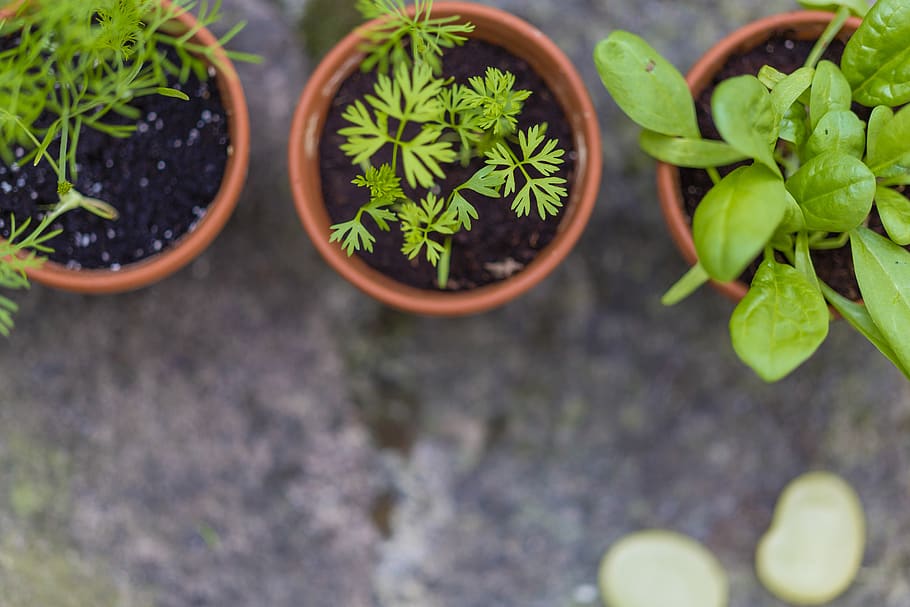Growing Peppers Indoors – Guidelines & Tips
Growing peppers indoors is a great way to get fresh produce whatever the season. While it may take some extra effort to get them to thrive, with the right information and proper preparation, you’ll be well on your way to growing your own peppers. In this article, we’ll share some handy tips and guidelines to keep in mind when growing peppers indoors.
Location & Temperature
The first thing to consider is the location you want to grow your peppers in. Pick a spot with plenty of light and a fair amount of space for the plants to grow. If you’re growing in a container, make sure you choose one that’s large enough for your pepper variety. You may need some additional lighting, such as a grow light to ensure the right amount of light reaches the pepper plants.
Next is temperature. Peppers like warmth — ideally around 75–85°F (24–29°C) during the day. If it’s too cold, then the peppers will take longer to grow. Make sure to check the temperature regularly, as even small changes can have an impact.
Soil & Fertilizer
Sandy, well-draining soil is ideal for peppers. You’ll also need to add some fertilizer when planting. This should be done during the watering process as it will sink into the soil. For best results, use a slow-release fertilizer, such as a 5-10-5 mix.
You can also choose to make your own fertilizer mix at home. A combination of compost, manure, and other organic materials can all be used to create a nutrient-rich fertilizer for your peppers.
Water & Humidity
Peppers like to be watered regularly, but too much water can cause the plants to rot. Aim for 1–2 inches (2.5–5 cm) of water per week, if possible. If the soil is too dry, water it thoroughly until the top 3 inches (7.5 cm) are damp or add a slow-draining material, such as peat moss, to help with absorption.
As for humidity, you want to aim for a level around 65%-75%. If it’s too low, you can mist the peppers daily or place a tray of water near your pepper plants. This will help create the right humidity levels for your peppers.
Pruning & Harvesting
To ensure the peppers are receiving enough light and air, you’ll want to prune them regularly. When the plant reaches 8–12 inches (20–30 cm) tall, remove any excess leaves or growth that is preventing light from reaching the peppers. Additionally, nip off the growing tips to encourage more branching.
When it comes to harvesting, the size of the pepper can vary depending on the variety. Some peppers, such as jalapenos, should be harvested when they’re still green. Others, such as bell peppers, are ready to be harvested when they’re a deep, red color. Watch your peppers closely and pick them when they’re ready.
Final Thoughts
Growing peppers indoors is a rewarding experience and a great way to get fresh, locally-grown produce whatever the season. All it takes is the right location, temperature, soil, fertilizer, water, and humidity — coupled with regular pruning and harvesting — to get your peppers off to a great start.



